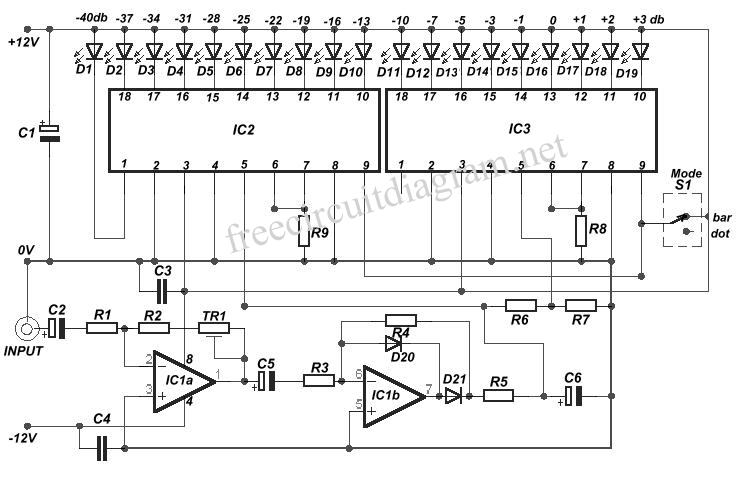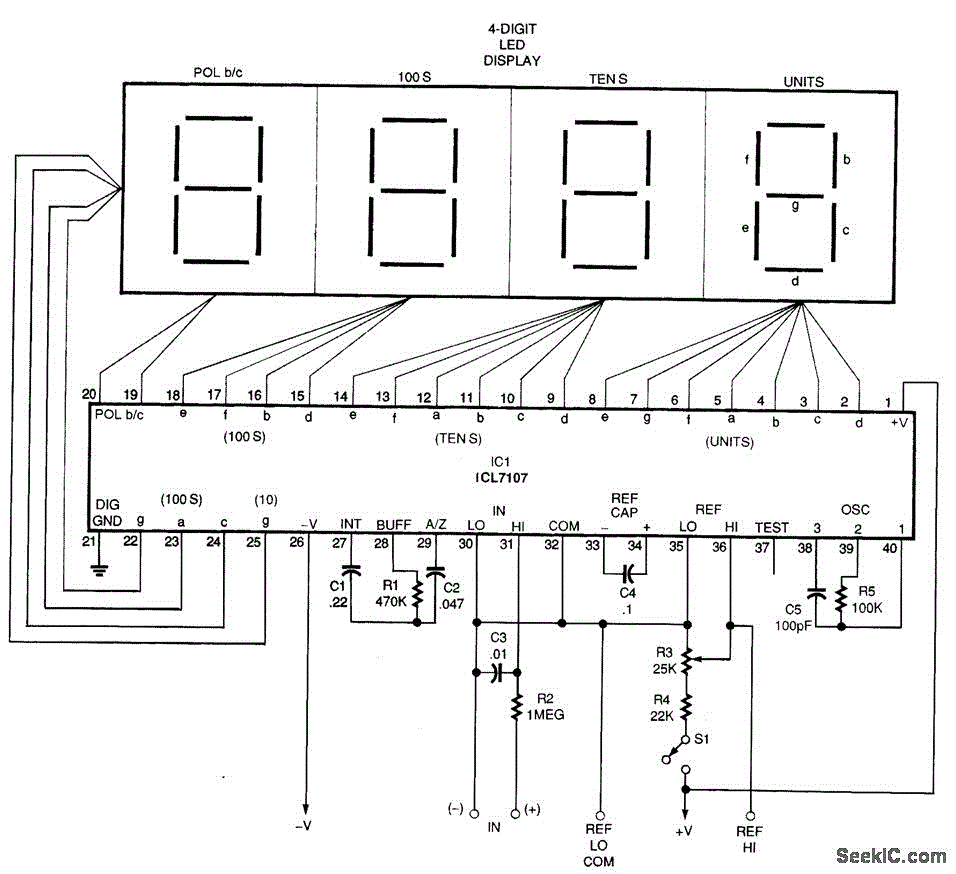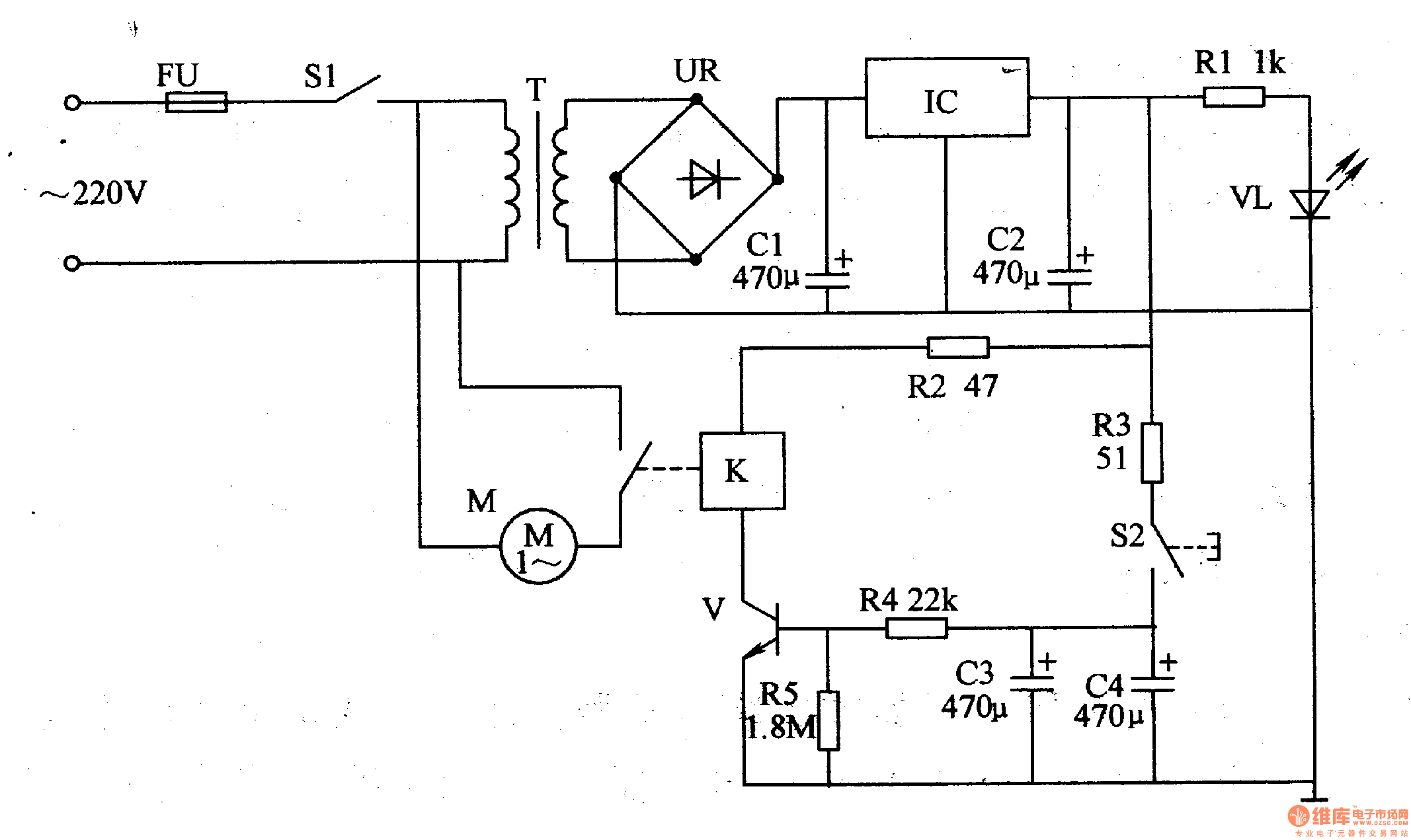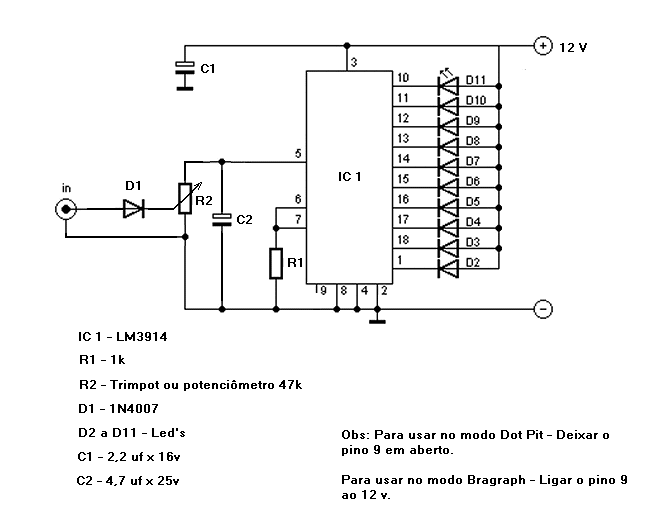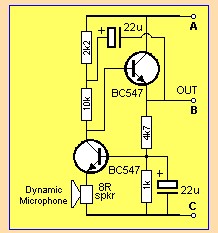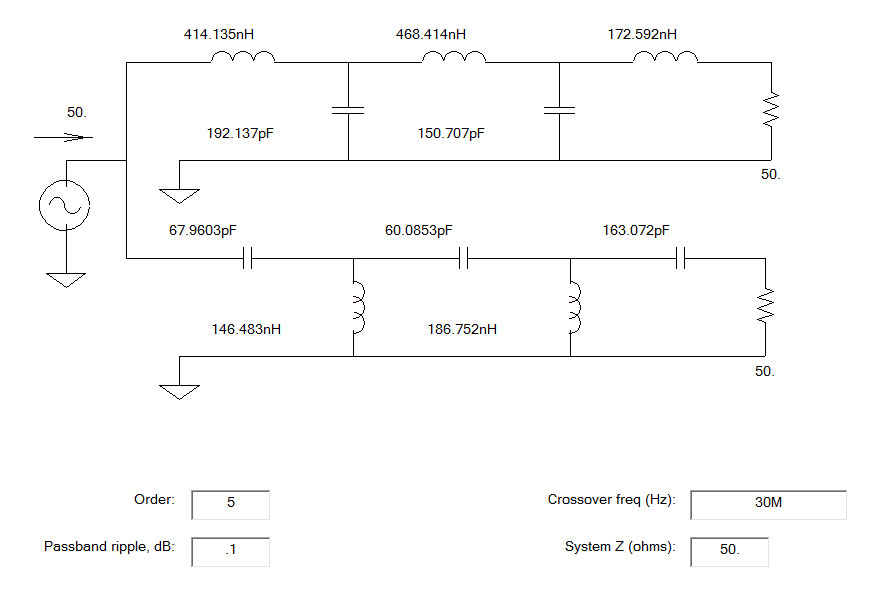
Grid DIP Meter
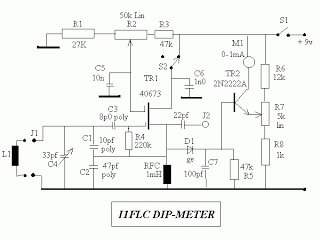
This circuit was developed by Luigi Falcone, I1FLC. It utilizes seven plug-in coils that cover a frequency range from 3.0 to 30 MHz within a Colpitts oscillator configuration. A coaxial socket, labeled J2, allows for the connection of a frequency meter when needed. The coils are constructed on Teflon formers and feature two "female" sockets that connect to two "male" sockets on the instrument. Transistor TR2 acts as a DC amplifier, enabling the use of a 1 mA full-scale deflection (FSD) meter, with its sensitivity adjustable via resistor R7. When TR1 is turned off using switch S2, the instrument operates as a field strength meter or RF sniffer.
The circuit operates as a versatile RF measurement tool, leveraging the properties of the Colpitts oscillator to generate stable oscillations across a specified frequency range. The seven plug-in coils allow for easy frequency adjustments, making it suitable for various applications in RF testing and measurement. Each coil is designed to resonate at different frequencies, providing flexibility in tuning the circuit for specific tasks.
The coaxial socket J2 is a critical component, facilitating the connection of an external frequency meter. This feature enhances the circuit's functionality, allowing users to obtain precise frequency readings. The Teflon formers used for the coils contribute to the circuit's performance by minimizing dielectric losses, which is essential for maintaining signal integrity at higher frequencies.
Transistor TR2 serves a dual purpose in the circuit. As a DC amplifier, it boosts the output signal to a level that can be displayed on the 1 mA FSD meter, which is a standard instrument for measuring low currents. The sensitivity control provided by resistor R7 allows the user to calibrate the meter according to the application, ensuring accurate readings across different signal strengths.
The inclusion of switch S2, which controls TR1, introduces an additional mode of operation. When TR1 is deactivated, the circuit transitions to a field strength meter or RF sniffer mode. This functionality is invaluable for detecting and measuring the strength of RF signals in a given environment, making the circuit a practical tool for RF engineers and hobbyists alike.
Overall, this circuit exemplifies a well-designed RF measurement instrument that balances versatility, accuracy, and ease of use, making it suitable for a range of applications in the field of electronics and radio frequency engineering.This circuit was developed by Luigi Falcone, I1FLC. He uses seven plug in coils covering 3. 0 to 30Mhz in a Colpitts oscillator circuit. The coaxial socket J2 permits connection to a frequency meter when required. The coils are wound on Teflon formers with two "female" sockets which plug-in to two "male" sockets on the instrument. TR2 forms a DC am plifier permitting the use of a 1mA FSD meter with sensitivity controlled by R7. With TR1 switched off (via S2) the instument forms a field strength meter/ RF sniffer. 🔗 External reference
The circuit operates as a versatile RF measurement tool, leveraging the properties of the Colpitts oscillator to generate stable oscillations across a specified frequency range. The seven plug-in coils allow for easy frequency adjustments, making it suitable for various applications in RF testing and measurement. Each coil is designed to resonate at different frequencies, providing flexibility in tuning the circuit for specific tasks.
The coaxial socket J2 is a critical component, facilitating the connection of an external frequency meter. This feature enhances the circuit's functionality, allowing users to obtain precise frequency readings. The Teflon formers used for the coils contribute to the circuit's performance by minimizing dielectric losses, which is essential for maintaining signal integrity at higher frequencies.
Transistor TR2 serves a dual purpose in the circuit. As a DC amplifier, it boosts the output signal to a level that can be displayed on the 1 mA FSD meter, which is a standard instrument for measuring low currents. The sensitivity control provided by resistor R7 allows the user to calibrate the meter according to the application, ensuring accurate readings across different signal strengths.
The inclusion of switch S2, which controls TR1, introduces an additional mode of operation. When TR1 is deactivated, the circuit transitions to a field strength meter or RF sniffer mode. This functionality is invaluable for detecting and measuring the strength of RF signals in a given environment, making the circuit a practical tool for RF engineers and hobbyists alike.
Overall, this circuit exemplifies a well-designed RF measurement instrument that balances versatility, accuracy, and ease of use, making it suitable for a range of applications in the field of electronics and radio frequency engineering.This circuit was developed by Luigi Falcone, I1FLC. He uses seven plug in coils covering 3. 0 to 30Mhz in a Colpitts oscillator circuit. The coaxial socket J2 permits connection to a frequency meter when required. The coils are wound on Teflon formers with two "female" sockets which plug-in to two "male" sockets on the instrument. TR2 forms a DC am plifier permitting the use of a 1mA FSD meter with sensitivity controlled by R7. With TR1 switched off (via S2) the instument forms a field strength meter/ RF sniffer. 🔗 External reference
